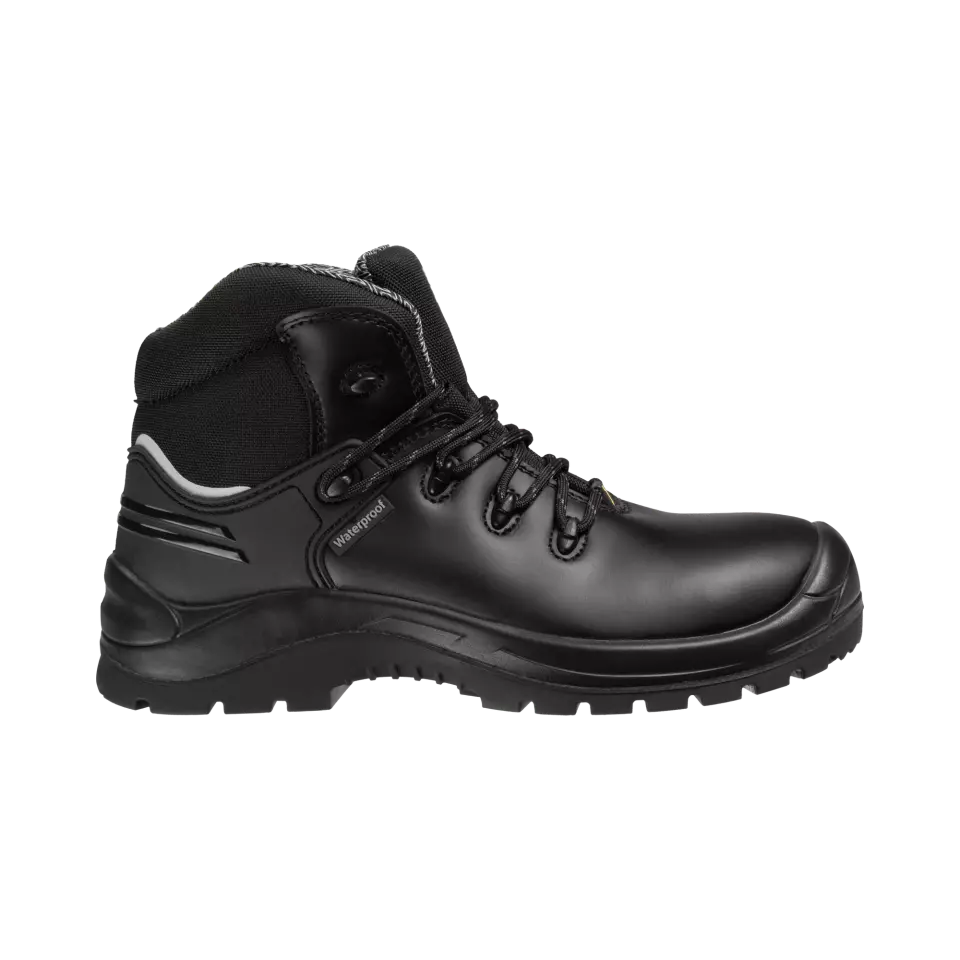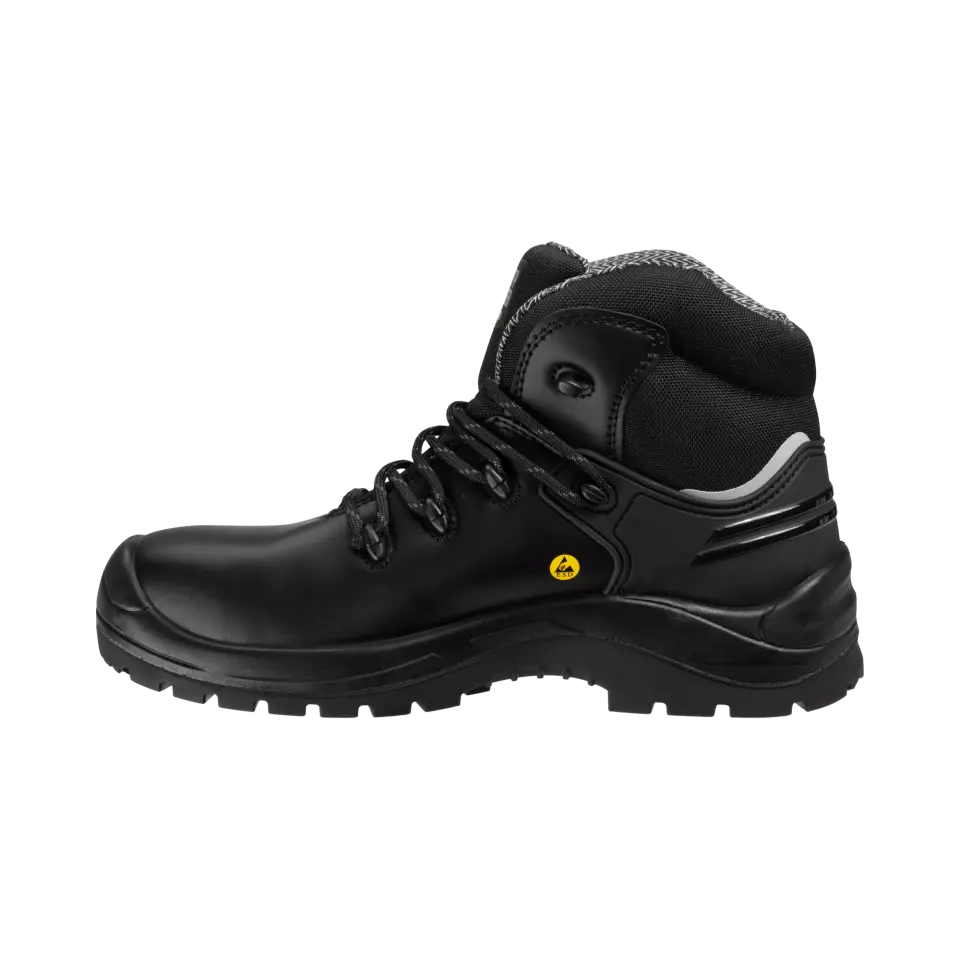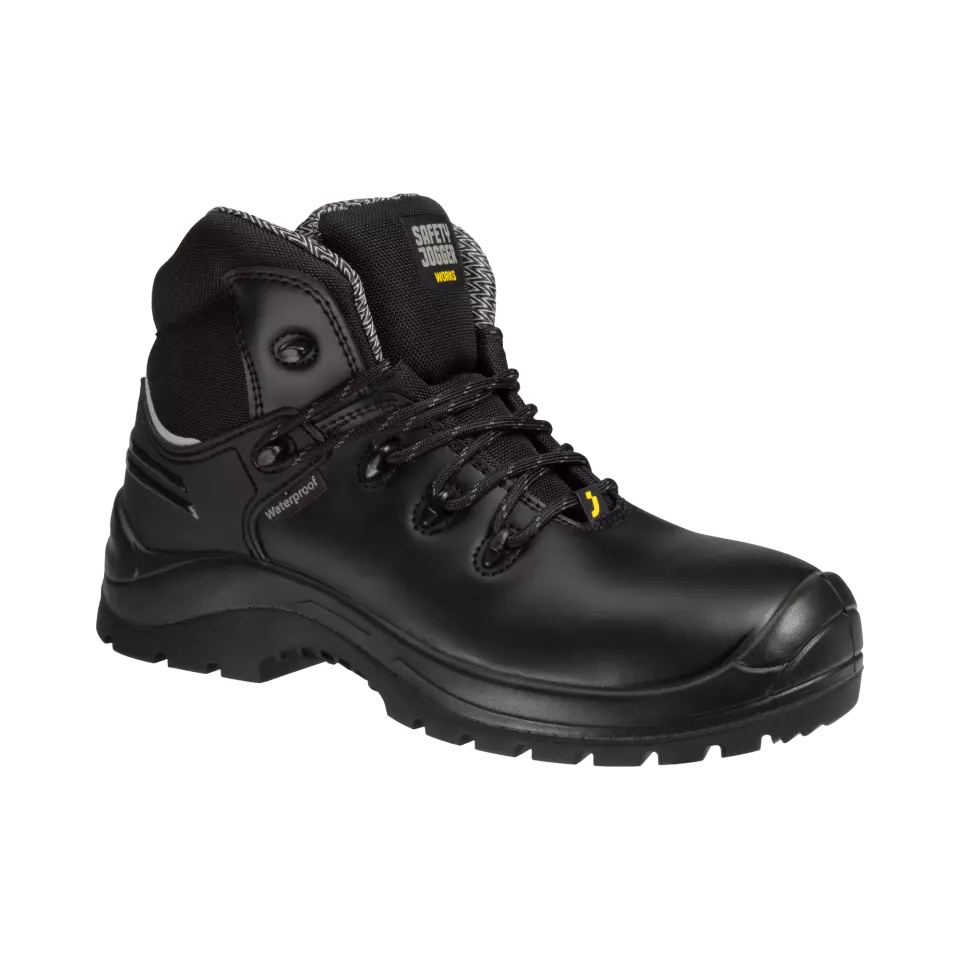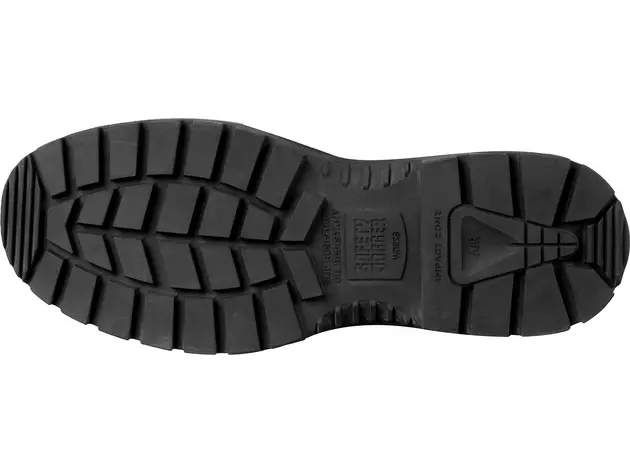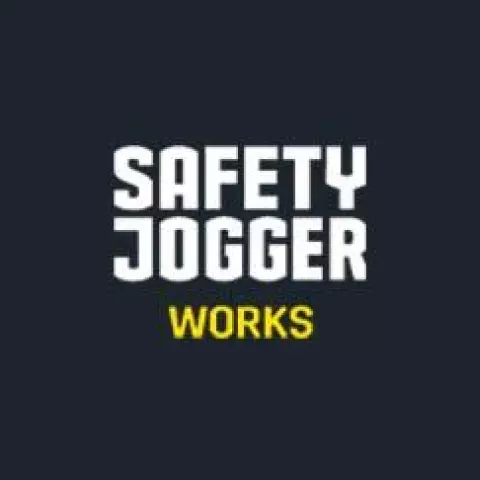Safety Jogger X430 Safety shoes, Black, S3
Safety Jogger
visit storeProduct description
The X430 safety shoes provide comprehensive protection for professionals in demanding industrial environments. Featuring a heat-resistant outsole that withstands temperatures up to 300°C and cold insulation properties, these shoes deliver optimal comfort in various temperature conditions. The waterproof construction and SR slip resistance ensure safety and dryness in challenging work environments, while the metal-free design offers lightweight comfort and convenience when passing through security checkpoints.
Product Features:
- Heat-resistant outsole withstanding temperatures up to 300°C
- Cold insulation for comfort in low-temperature environments
- Electrostatic discharge protection against electrical damage
- Metal-free construction for lightweight wear and metal detector compatibility
- Waterproof design to keep feet dry in wet conditions
Technical Details:
- SR slip resistance for secure footing on slippery surfaces
- Certified for orthopedic alterations
- Provides protection against falling objects
Recommended Applications:
- Automotive industry
- Mining operations
- Construction sites
- Environments with temperature extremes
- Workplaces requiring frequent security screening
Determines the visual appearance of the shoe, affecting workplace compliance, professional look, and personal preference.
The method used to secure the shoe to your foot, affecting how easy it is to put on and take off.
The material used to construct the shoe's bottom surface, affecting slip resistance, durability, chemical resistance, and comfort for different work environments.
The material used in the protective toe cap, determining the level of impact protection, weight, and suitability for different work environments.
Indicates the level of protective features, from basic safety compliance to enhanced protection with additional guards and reinforcements.
Protect your feet from sharp objects and unseen hazards, giving you peace of mind on any job site.
Oil-resistant soles ensure secure footing and lasting durability in oily environments.
Anti-slip soles provide superior grip, keeping you safe and steady on challenging surfaces.
Shock-absorbing soles provide cushioned comfort, reducing impact and foot fatigue for all-day wear.
The color of the shoe's bottom sole, allowing coordination with workplace requirements or personal style preferences.
The external appearance of the shoe, affecting workplace compliance, professional look, and personal style preferences.
- Cold Protective
- Heat & Flame Resistance
- Impact Resistance
- Water Resistance
- Slip Resistant
Request a free sample
Test first and buy later. Visit any product page to request your free sample.
Standards and labels
Test results
General Requirements HROThe HRO result listed in the standard EN ISO 20345:2011 pertains to the heat resistance of the outsole of safety footwear. This test result confirms that the outsole is capable of withstanding exposure to high temperatures without degrading its physical properties and performance. The test method requires that the outsole of the footwear be exposed to 300°C for a minimum of 60 seconds under specified conditions, during which the outsole should not melt or crack, ensuring that it continues to provide protection against hot environments. Since the HRO classification attests to heat resistance, this feature is particularly important in industries such as metallurgy or construction, where contact with hot surfaces is a common hazard. Understanding this result can assist procurement professionals in sourcing appropriate safety footwear that meets the required durability and performance in high-temperature working conditions.
General Requirements CRThe standard EN ISO 20345:2011 encompasses general requirements for safety footwear to ensure they provide adequate protection in various occupational environments. Rating 'CR' signifies that the footwear has a cut resistant upper ensuring enhanced protection. The test method involves assessing the material's resistance to splitting or cracking under certain conditions, which simulates real-world industrial hazards involving sharp objects or surfaces. Practically, this result ensures that the footwear is suitable for environments where there is a risk of materials splitting or getting caught, thereby providing essential safety benefits to the user.
General Requirements HIThe General Requirements HI result in the standard EN ISO 20345:2011 indicates that the footwear has been evaluated for insulation against heat. This particular result implies that the footwear can offer a certain level of protection against heat, ensuring that the user's feet are insulated when exposed to high temperatures. The test for this requirement involves assessing the footwear's capacity to provide insulation from heat under controlled test conditions. Given the practical implications, this result suggests that the footwear is suitable for environments where exposure to heat is a significant factor, such as in foundries or steel mills, thereby safeguarding the wearer’s feet against thermal risks. This is crucial for procurement professionals when considering safety footwear for sectors where heat resistance is paramount, ensuring compliance with safety regulations and protective performance criteria.
General Requirements WRUThe WRU result in the context of standard EN ISO 20345:2011 represents Water Resistant Upper, which indicates that the footwear possesses an upper resistant to water penetration, thereby providing a certain degree of waterproof protection to the wearer's feet. Fundamentally, the test determining this result involves subjecting the upper part of the footwear to a water penetration test under specified conditions of pressure and duration. This ensures that water does not penetrate through the outer surface into the footwear up to a minimal threshold. The practical implication of achieving the WRU result under the EN ISO 20345:2011 standard is that the footwear is suitable for work environments or activities where exposure to water or moisture is prevalent, ensuring durability and increased comfort for the wearer over an extended period of wet conditions. This qualification is particularly crucial for industries like construction, outdoor work, or any professions where workers might be exposed to water around their feet.
General Requirements CIThe CI designation in the standard EN ISO 20345:2011 refers to the insulation performance of footwear against cold. This specification indicates that the footwear offers insulation against cold conditions, protecting the wearer's feet from low-temperature environments. The test method for determining this involves measuring the temperature decrease inside the footwear when exposed to cold conditions over a specified period. This performance is crucial for footwear used in conditions where exposure to cold is significant, ensuring safety and comfort for the wearer in such environments. The practical implications for safety footwear in this category include enhanced worker safety and performance in cold climates, applicable to industries such as construction, cold storage, and outdoor operations in winter conditions.
CE Marking is a label that shows a product meets certain safety and environmental standards set by the European Union. To get the CE Marking, a company must test and certify their product meets these standards. CE Marking is required for many products sold in the EU, including electronics, machinery, toys and medical devices. It helps ensure that products are safe for consumers and the environment, and allows for easy trade within the EU.
PPE stands for "personal protective equipment." PPE Category 1 refers to equipment that is simple and easy to use, and has a lower level of risk. Examples of PPE Category 1 include gloves, goggles, and simple respirators. In Europe, PPE Category 1 must meet certain safety standards set by the European Union. This means that it must be designed and manufactured to protect the user without causing harm. Companies that make or sell PPE must prove that it meets these standards.
Safety Jogger delivery terms
Free delivery when you order more than 150,00 € from Safety Jogger
Supplier shipping fee 6,33 €
Brand minimum 0,00 €
68,91 €
Shipping fee is 6,33 € for orders under 150,00 €
Sold in units of one pair
Need larger quantities?
Other products you may like
Recently viewed
Need help?
Get help from our experts
Other products you may like
Similar products you may like
Autonomous sourcing platform
The most efficient way to source and order supplies for your operations
Sourcing
Ordering
List products you’re looking for and we’ll find the best products and prices for you – all for free.
Need help?
Get help from our experts
